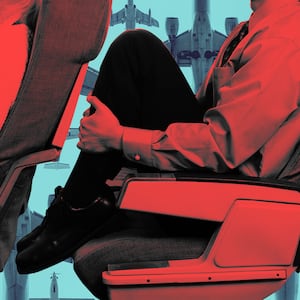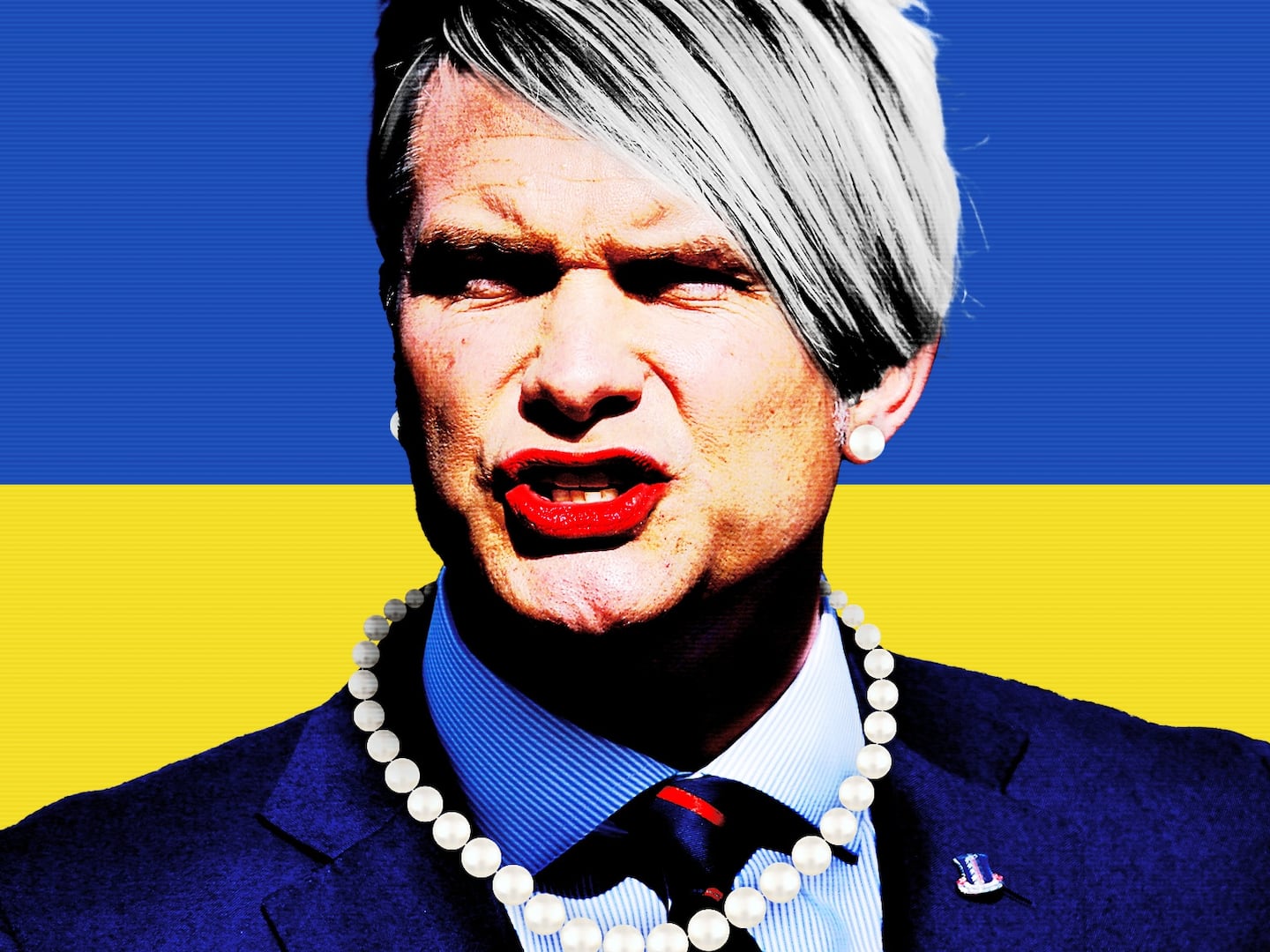Nearly 90 years since the first tentative airline flights across oceans, one of the greatest goals of air travel has finally been achieved: the ability to fly nonstop between any of the world’s major cities.
The two longest airline routes in the world, New York to Sydney, Australia (9,946 miles), and London to Sydney (10,572 miles), are likely to become nonstop flights by 2022.
The appeal of this is stronger than it has ever been. International airports have become more and more unfriendly, with crowded terminals and long lines for security. Passengers yearn for nonstop flights that avoid the hassle of refueling stops and layovers.
This week Singapore Airlines began nonstop flights that come very close to the ultimate distances by launching a service between Singapore and New York, a distance of 9,500 miles and a journey that will take nearly 19 hours.
Airlines have realized that long distance direct point-to-point flights that don’t have to be routed through hubs are a valuable new market, appealing particularly to business passengers and well-heeled leisure travelers. (Coach passengers, however, are less thrilled about enduring more hours in the confinement of mean seating.) Ten years ago there were just 10 nonstop airline routes of more than 8,000 miles and 15 hours’ duration. Now there are 23, and the distances are growing.
For example, Qatar Airways operates a 9,000-mile long route from Doha to Auckland, New Zealand, a flight that takes nearly 18 hours. Last year Japan’s All Nippon Airways began flying the 7,000 miles between Tokyo and Mexico City, taking 14 and a half hours, becoming the first Asian carrier to fly nonstop between Asia and Latin America.
The Australian airline Qantas already flies the world’s first regular nonstop flights between Australia and Europe, a 9,000-mile route between Perth and London, taking 17 hours.
Behind this endeavor is an intriguing story that begins many decades ago with a daring act of American pioneering and ends with new moves by China to become a serious competitor on these lucrative long haul routes.
The early 1930s was a wild time in the development of America’s first airlines. The burden of relatively primitive airplanes, building an infrastructure of runways and airports, providing reliable weather reports and rudimentary air traffic control by radio was expensive. Startups often failed. And that was just to establish the first domestic routes.
But one young airline entrepreneur, who had steadily bought and combined a number of small companies into what became Pan American Airways, had dreams beyond the limits of continental America. Juan Trippe looked at the world map and saw oceans to conquer.
One detail he noticed was striking. Most of the major cities of the world were either on or near a coastline: London, New York, Lisbon, Rio de Janeiro, Buenos Aires, Shanghai, Singapore, Hong Kong, Tokyo.
Trippe realized that the ideal machine on which to build a network of routes across the oceans was not a conventional airplane but a flying boat. It did not require any airport runways—it could land on any cleared waterway and, often, literally at the gateway to capital cities.
The problem was that as Trippe looked east, across the Atlantic, three powers that ran large colonial empires, Britain, France and Portugal, already had government-sponsored airlines that got favored treatment in crucial ports like Southampton, Lisbon, Dakar and the tiny Azores islands in the middle of the Atlantic that were an indispensable waypoint for refueling.
The Pacific was far more promising to Trippe. Although it was three times the width of the Atlantic, it was strewn with chains of islands that made it possible for flying boats to bridge the ocean in a series of hops—and there were no imperial powers to block the way. By 1936 Trippe had pioneered a route that went from San Francisco to Honolulu (at 2,394 miles the longest leg), then to Midway, Wake and Guam and eventually to Manila, Hong Kong and Shanghai.
Before World War II all scheduled transoceanic passenger flights were made by flying boats. Trippe forced the pace of their development, culminating in the magnificent Clippers built by Boeing, able to fly 74 passengers for distances as long as 3,500 miles.

A Boeing 314 ‘Clipper’ in flight.
Library of CongressThis was the first time that anyone had demonstrated that an ocean as large as the Pacific could be safely conquered by air and that travel times could be dramatically improved. In effect Trippe had initiated a strategy that would eventually lead commercial aviation to where it is now, in which the world itself has shrunk to a point where any city can be linked to any other, in a trip that takes less than 24 hours.
Which brings us to China. In September Cathay Pacific, the highly regarded Hong Kong-based airline that predates the Chinese takeover of Hong Kong from Britain, began nonstop flights between Hong Kong and Washington D.C., a distance of 8,153 miles taking 17 hours—the longest scheduled flight of any airline out of Hong Kong.
As more cities open up to long-haul nonstop flights China clearly intends to become a big new player.
The key to building market share on these international routes is to spot and develop airports that are strategically placed for connections but underused. This was demonstrated by the spectacular growth of Dubai, once a remote desert outpost that—thanks to the vision of Emirates Airlines—has become one of the world’s largest international hubs, linking Africa, Europe, the Middle East and Asia.
The Chinese government, which has control over the strategy of its airlines, has been moving assets to Shenzhen, which is 60 miles from Hong Kong and underused.
In order to develop the potential of Shenzhen as a hub the government seems to be favoring one airline over another. Until now China Southern Airlines has been the dominant Chinese operator of international routes. China Southern operates from Guangzhou.
But, instead of extending China Southern’s operations to Shenzhen, the government has directed Hainan Airlines, based in Beijing, to develop new long-haul routes from Shenzhen—taking advantage of the fact that Hong Kong is already near to capacity. Hainan Airlines is getting a new fleet of 15 Airbus A350s, as well as more than 20 Boeing 787 Dreamliners.

The Airbus A350-900.
Roslan Rahman/GettyThe choice of those jets is significant because the final leap to the longest of long haul flights depends on a new generation of far more fuel-efficient models being developed by Airbus and Boeing.
Singapore and Cathay both use versions of the A350 on their ultra-long haul routes. Qantas is using a version of the Dreamliner. And by 2020 airlines will be flying a greatly advanced version of Boeing’s 777 that will compete with the Airbus A350 on the longest routes.
Making all this possible is stretching the airplane and engine technologies to their limits. For example, the Rolls Royce engines on the Airbus A350 are 25 percent more fuel-efficient than previous jets, and have far fewer emissions.
The problem for an airline contemplating the longest-range flights is that these routes involve successfully solving a basic conflict, between the weight of fuel and the distance to be flown.
The jet is at its heaviest with fuel at takeoff. That weight limits the number of passengers that can be carried. Yet, by the time the flight is half-way completed, half the weight of the fuel has been burned off. At that point the airplane would, in theory, be able to carry more passengers. For the airlines this trade-off between weight and distance is very inefficient in the way it limits how many seats can be sold.
One way for an airline to solve that problem is to eliminate the coach class cabin in favor of higher-paying passengers. That is exactly what Singapore is doing with its new service to New York.
In their A350s, an airplane that can seat as many as 350 passengers, on this route there are just 67 business class seats and 94 premium economy seats. Business class seats recline into full-length flat beds and the premium economy seats have generous leg room. All the seats have wide video screens with personal connectivity: before boarding passengers can sync their own playlists of movies, TV shows and music for the journey.
And there are other big technical advances to make a long flight more comfortable if you’re going to be in the same seat for as long as 19 hours. The cabin air is more humid, which noticeably mitigates the symptoms of jet lag, and cabin lighting can be used to create its own feeling of day and night, synchronized with the timing of the meal services.
These flights cross many time zones. The westbound Qantas flight from Perth to London, for example, is mostly through the night, leaving Perth at dusk and arriving at Heathrow before dawn. Changes in the LED lighting through the flight create the illusion of daylight long before the airplane actually reaches daylight, helping the human body to keep its normal rhythms.
It is the CEO of Qantas, Alan Joyce, who is pushing for Boeing and Airbus to give him the airplane that will finally be able to make nonstop flights between Sydney and New York and London.
“This is the last frontier in global aviation” said Joyce, as he issued a challenge called Project Sunrise—“the antidote to the tyranny of distance.” He points out that a direct flight would cut up to four hours of travel time from a journey to London—“more time watching movies and sleeping.”
(When Qantas pioneered its first route from Sydney to London in 1947 the flight took four days and involved seven stops.)

The Boeing 787-9 Dreamliner.
Stephen Brashear/GettyTo meet the challenge, the upgraded version of the Boeing 777 will compete with an ultra long-range version of the A350. This new 777 has an unusual feature: It will be the first passenger jet with folding wings. The new scimitar-like composite wings have a span of 235 feet, which would restrict the airplane to only 60 airports with gates wide enough to handle it. So after touchdown the outer tips fold upward, enabling it to park at regular gates.
The new 777 also incorporates advances that made the 787 Dreamliner a hit on long flights: better air quality and lighting.
Nonetheless, whatever the technology, coach class passengers on these Qantas flights will still face 21 hours in a cabin that by the time of arrival can feel like a penitentiary.
A foretaste of that ordeal is now being offered by the low cost carrier Norwegian Airlines. They use the Dreamliner on the world’s longest budget airline route—from Singapore to London, 6,764 miles taking just under 13 hours, with the same dense seating you will find on shorter routes, and snacks you have to pay for.
You can bet that this will be an increasing trend: combining cheap fares with nonstop long-haul flights. The airlines will make sure that you know that the future comes with an immutable rule: the world may be shrinking, but so are the cheapest seats.







